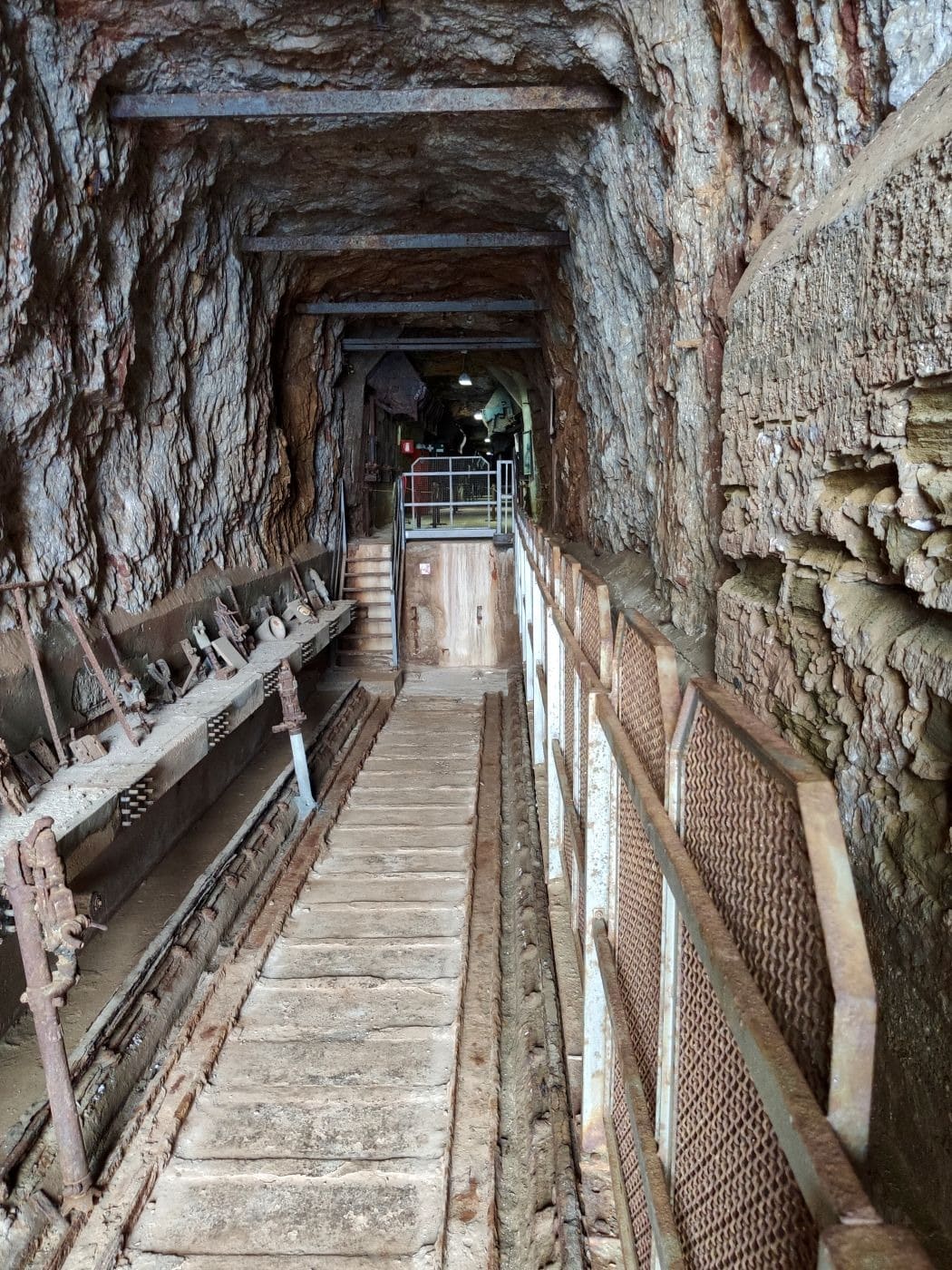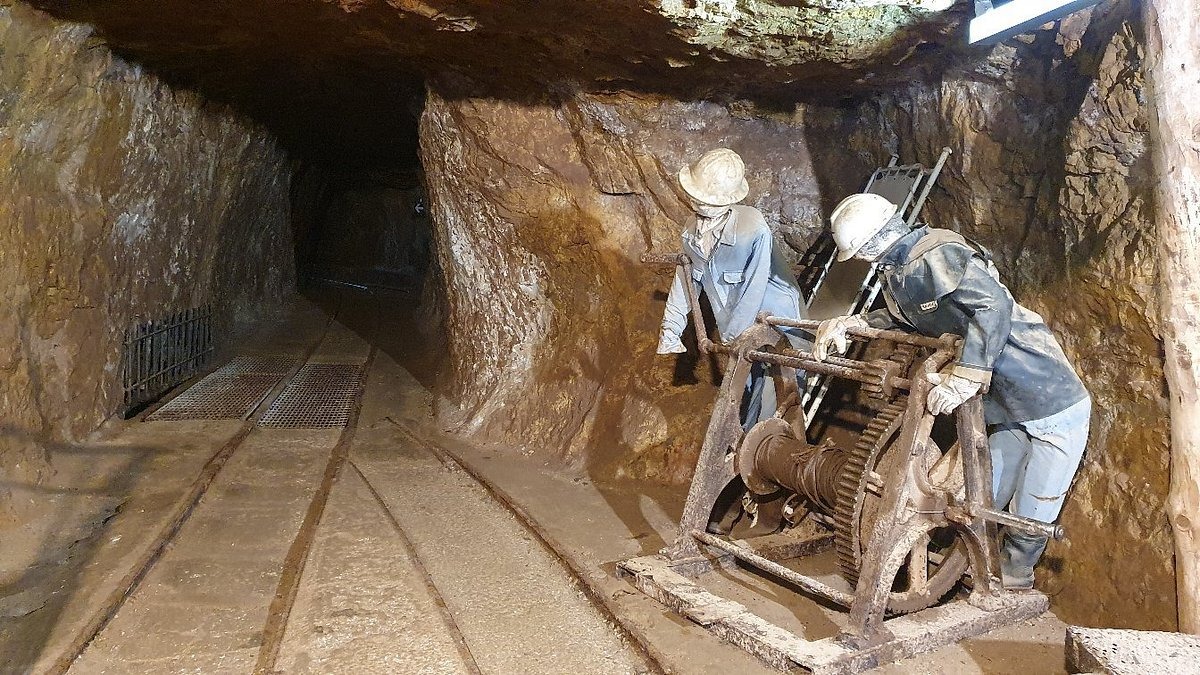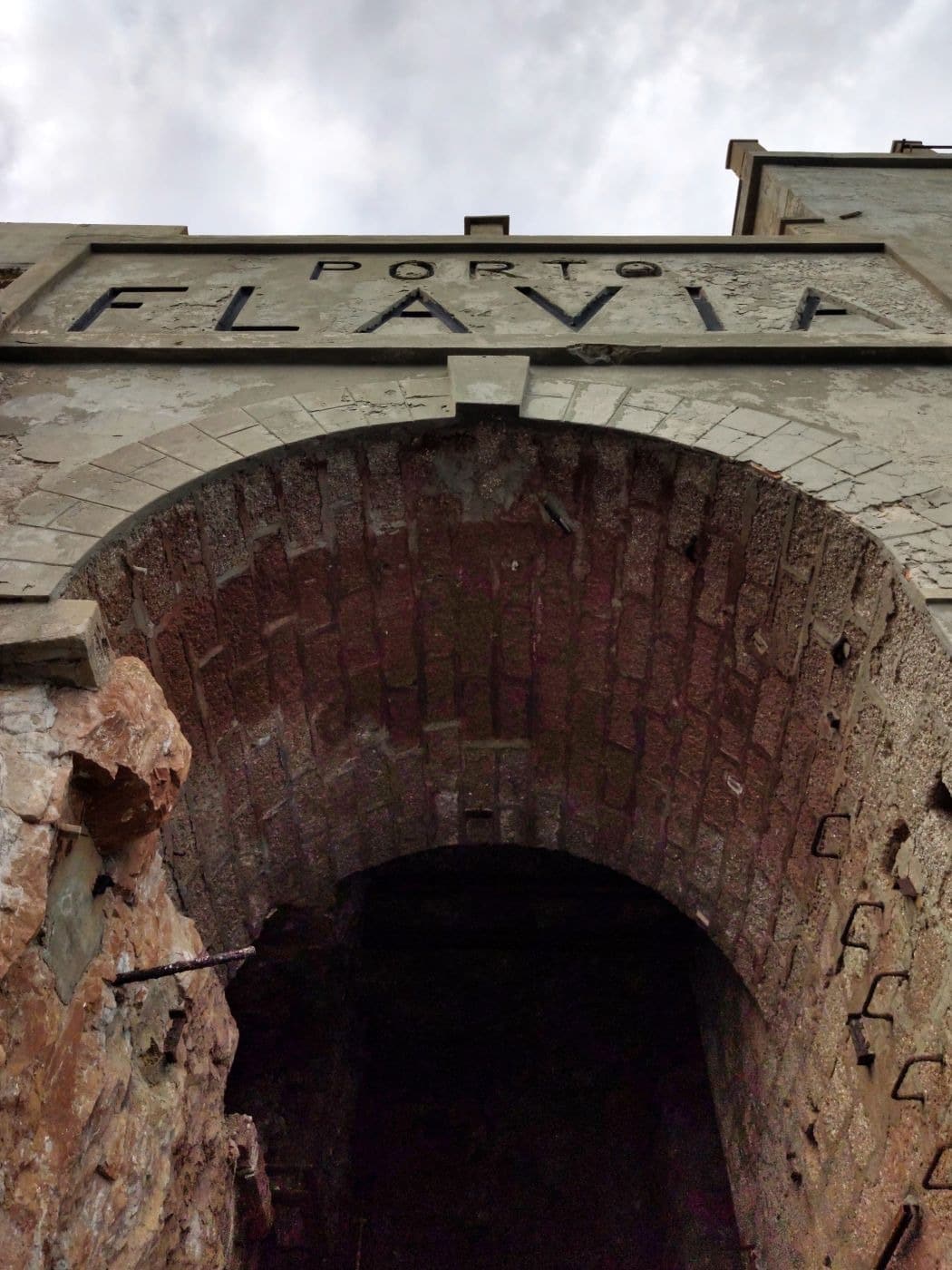The Rise And Fall of Porto Flavia, A Famous Sea Harbor Of The Early 20th Century

The Porto Flavia, a unique sea harbor, is nestled near Nebida in the Igkesias comune of South Sardinia.
This harbor was built between 1923 and 1924.
Its innovative design and functionality make Porto Flavia a fascinating destination for history enthusiasts and tourists alike.

Why was it called ‘Porto Flavia’?
The harbor was named after Flavia Vecelli, the daughter of the harbor’s engineer, Cesare Vecelli.
Cesare Vecelli designed and oversaw the construction of the harbor.
He named it Porto Flavia in honor of his daughter, who was born shortly before the harbor’s completion in 1924.

Why was Porto Flavia built?
Porto Flavia was built to solve the problems of slow, costly and dangerous ore transportation from the Masua mining hub in Sardinia in the early 20th century.
The Masua mining hub in the Sulcis area of Sardinia was rich in valuable minerals like zinc and lead.

However, transporting these minerals to markets was a costly and dangerous endeavor.
Sailors from Carloforte would carry the processed ore in wicker baskets to their boats and then sail 30 kilometers to Carloforte Island.

Italian engineer Cesare Vecelli designed Porto Flavia to speed up and reduce the cost of loading ore onto ships.
This innovative system used tunnels and gravity to load ore directly onto ships, improving safety and efficiency, and significantly cutting transportation costs.

Cesare Vecelli’s Ingenious Design
The owner of the Masua mines sought a more efficient solution, and Cesare Vecelli delivered just that.
After extensive surveys, Vecelli chose the high cliffs of Masua, opposite the Pan di Zucchero stack, as the perfect location for the harbor.

Here, he designed a system of two superimposed tunnels, each 600 meters long, connected by nine massive vertical reservoirs for storing the ore.

The upper tunnel used an electric train to transport the ore to the reservoirs, while the lower tunnel had a conveyor belt that delivered the ore directly to ships.
This ingenious system allowed for the ore to be loaded onto ships within two days, drastically reducing transportation costs and time.

The construction of Porto Flavia was a remarkable feat
A special crew of miners worked tirelessly, day and night, to complete the tunnels in record time.

During the construction of Porto Flavia, workers faced several dangers:
- Explosives: Using dynamite without proper safety measures.
- Rock Climbing: Drilling tunnels while hanging from ropes on cliffs.
- Reservoir Excavation: Excavating vertical reservoirs from the bottom up, making debris removal dangerous.

During operations, risks included:
- Death Squad: Workers manually dislodging stuck ore in the reservoirs.
- Ore Dust: Exposure to harmful ore dust.
- Heavy Machinery: Operating and maintaining electric trains and conveyor belts.
Despite the dangerous working conditions, no casualties were reported during the construction phase.

When Porto Flavia became operational in 1924, it revolutionized the mining industry, cutting production costs by up to 70% and making the Vieille Montagne Company a dominant player in the market.
The harbor was closed
Porto Flavia’s importance waned in the 1960s as mining activity in the Sulcis-Iglesiente region of Sardinia declined.
It was eventually closed in the 1990s.
The closure was part of a broader trend as economic viability dwindled, leading to the abandonment of many mining facilities in the area.

How is it today?
Today, Porto Flavia is a UNESCO-protected site and a popular tourist destination.

Guided tours are available, offering visitors a glimpse into the history and engineering marvel of this once-bustling harbor.

How to visit Porto Flavia?
To visit Porto Flavia, take the State Road 130 Iglesiente to Iglesias, then follow the signs for Masua and Porto Flavia.

The site offers daily guided tours, which last about 50 minutes and take visitors through the upper gallery to a stunning sea overlook.

Tickets can be purchased online or at the site’s ticket office.
Nearby Attractions
While visiting Porto Flavia, don’t miss out on other nearby attractions:
- Pan di Zucchero: The highest sea stack in the Mediterranean, offering breathtaking views.
- Masua Beach: A beautiful beach with golden sand and clear waters.
- Laveria Lamarmora: A former mineral sorting facility now offering stunning cliffside views.



